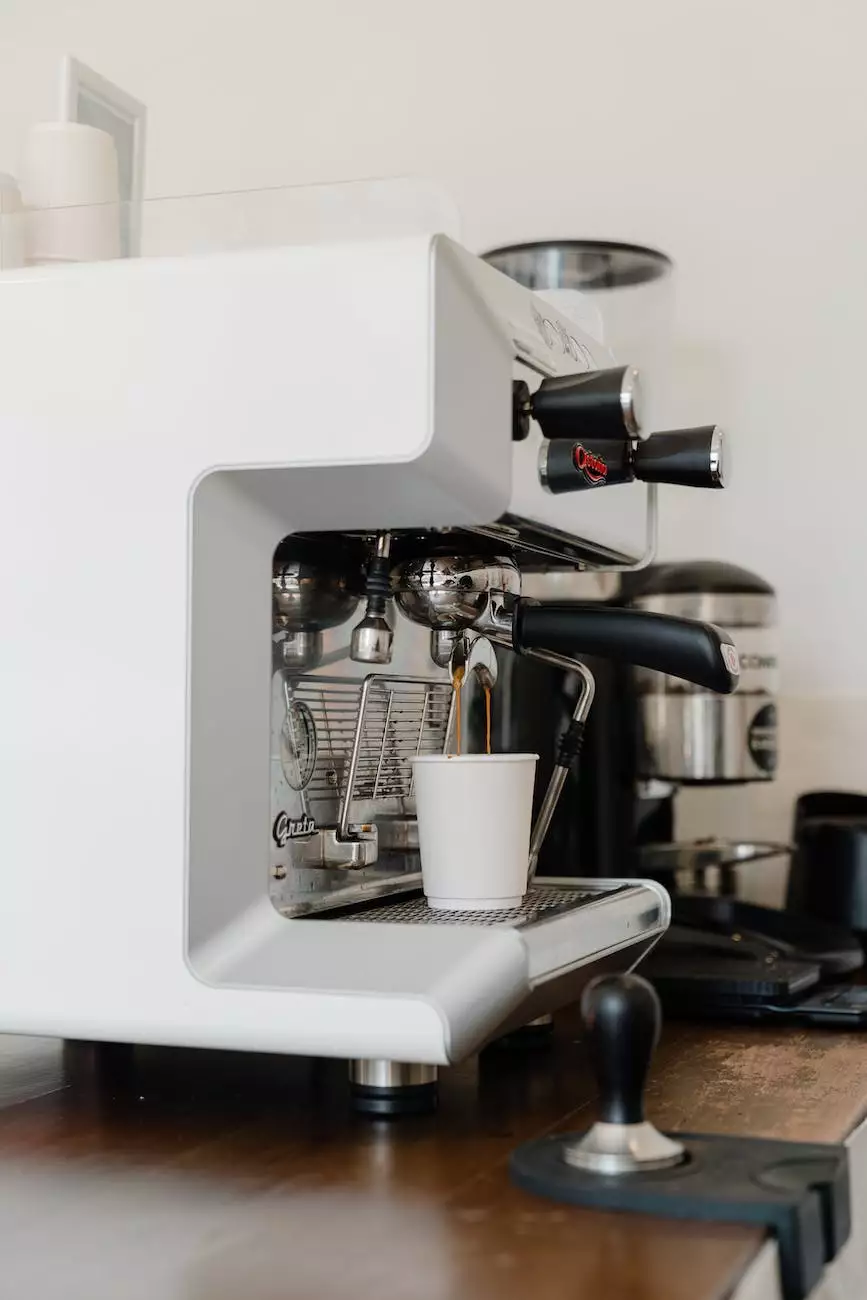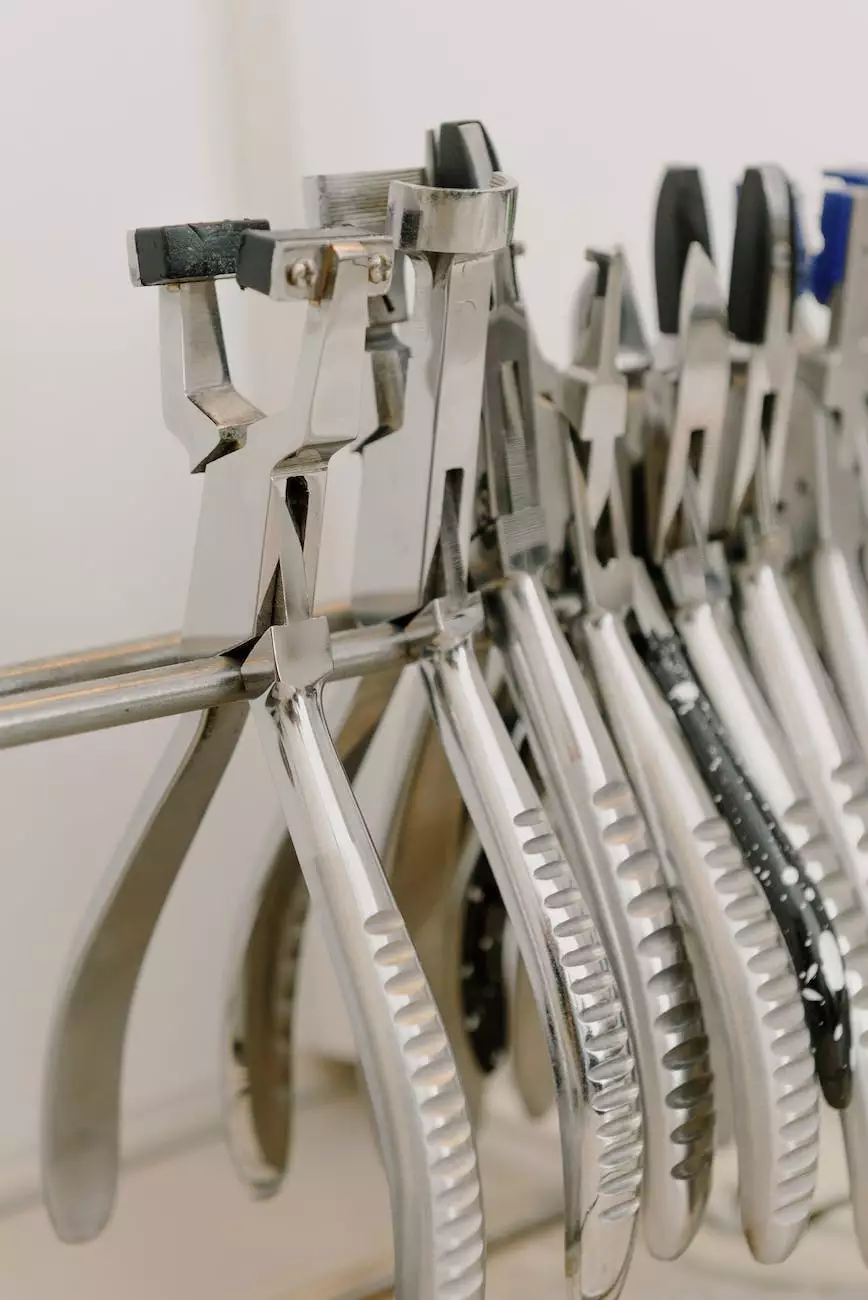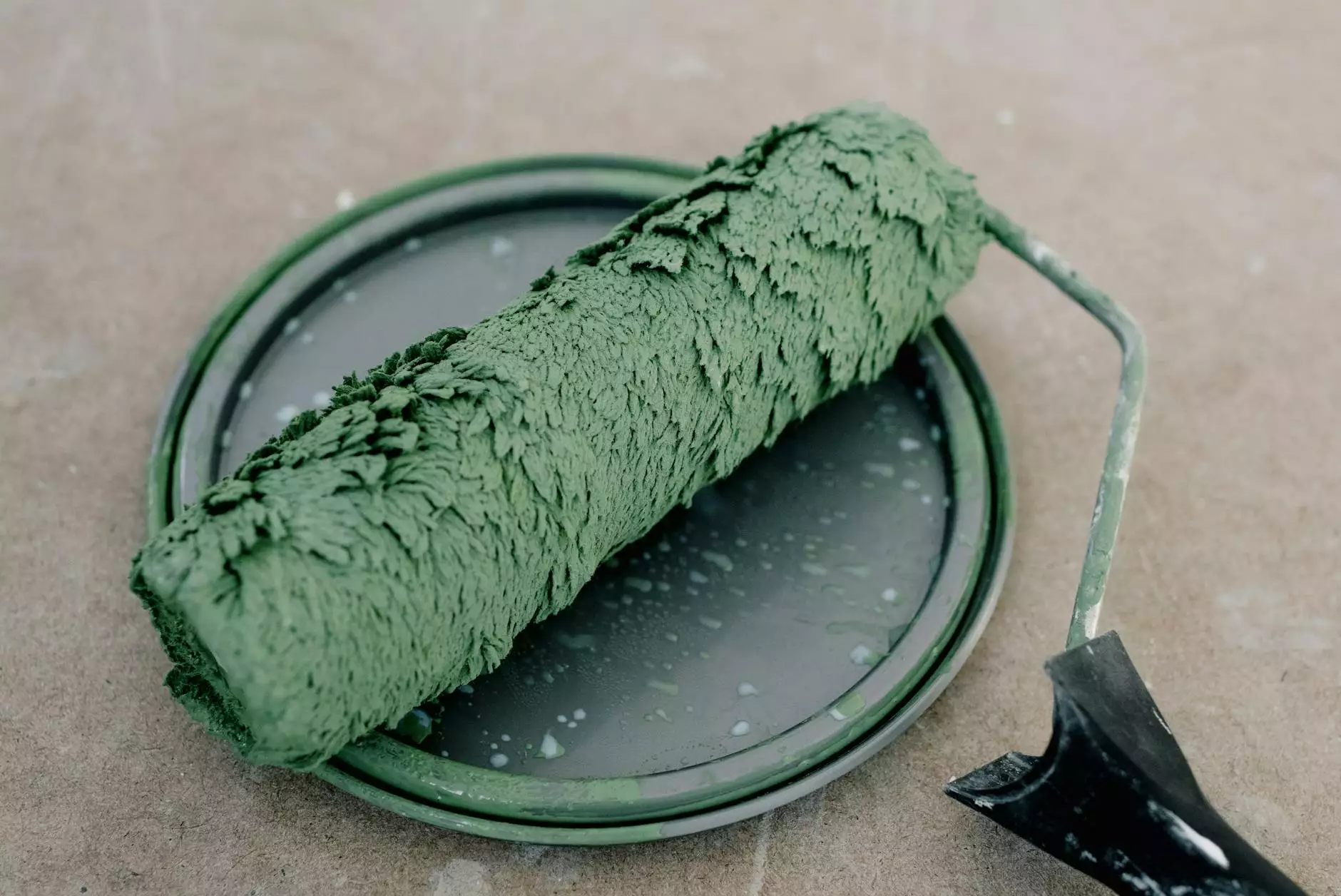5 Tips For Storing Your Scaffolding - Buying Better Equipment

Introduction
Welcome to Fixture Scott’s, your ultimate eCommerce & Shopping destination for all your scaffolding needs. In this extensive guide, we will provide you with expert advice and useful tips on how to properly store your scaffolding equipment. Storing your scaffolding correctly not only ensures its longevity but also allows for better organization and easy access, saving you time and effort in the long run.
Tips for Storing Scaffolding
1. Clean and Inspect
Before storing your scaffolding, it is crucial to thoroughly clean and inspect each component. Remove any dirt, debris, or foreign materials from the scaffolding elements to prevent rust or damage. Inspect each piece for any signs of wear and tear, ensuring that all components are still in safe working condition. Any damaged parts should be repaired or replaced before storage.
2. Disassemble Properly
When disassembling your scaffolding, be sure to follow the manufacturer's instructions or guidelines. Take note of the specific order in which the components fit together and disassemble them in the reverse order. This will help you avoid any confusion when reassembling. Label each part if necessary to make reassembly easier.
3. Organize and Label
Proper organization is key to efficient scaffolding storage. Consider using storage bins or racks to keep all components together. Place similar parts in the same container and label each container accordingly. This will not only help you locate specific pieces quickly but also prevent any damage that may occur from haphazard storage.
4. Store in a Dry Environment
It is essential to store your scaffolding in a dry environment to prevent corrosion. Moisture can cause rust and weaken the scaffolding components over time. Choose a storage space that is well-ventilated and free from excessive humidity. If possible, consider adding moisture-absorbing products, such as desiccant bags, to further protect your equipment.
5. Regular Maintenance
Even when in storage, your scaffolding requires regular maintenance to ensure its longevity. Inspect the stored components periodically to identify any potential issues, such as rust or damage. Apply appropriate lubricants to moving parts to prevent them from seizing. By performing these maintenance tasks regularly, you can address any problems early and extend the lifespan of your scaffolding.
Conclusion
By following the above tips from Fixture Scott’s, you can effectively store your scaffolding equipment for long-term use. Properly storing your scaffolding not only enhances its durability but also contributes to overall safety and ease of use. Remember to clean and inspect your equipment, disassemble it correctly, organize and label components, store in a dry environment, and conduct regular maintenance. With these practices in place, you'll have your scaffolding equipment in excellent condition whenever you need it. For the highest-quality scaffolding equipment and further expert advice, browse our wide selection at Fixture Scott's eCommerce & Shopping platform and make your purchase today!









